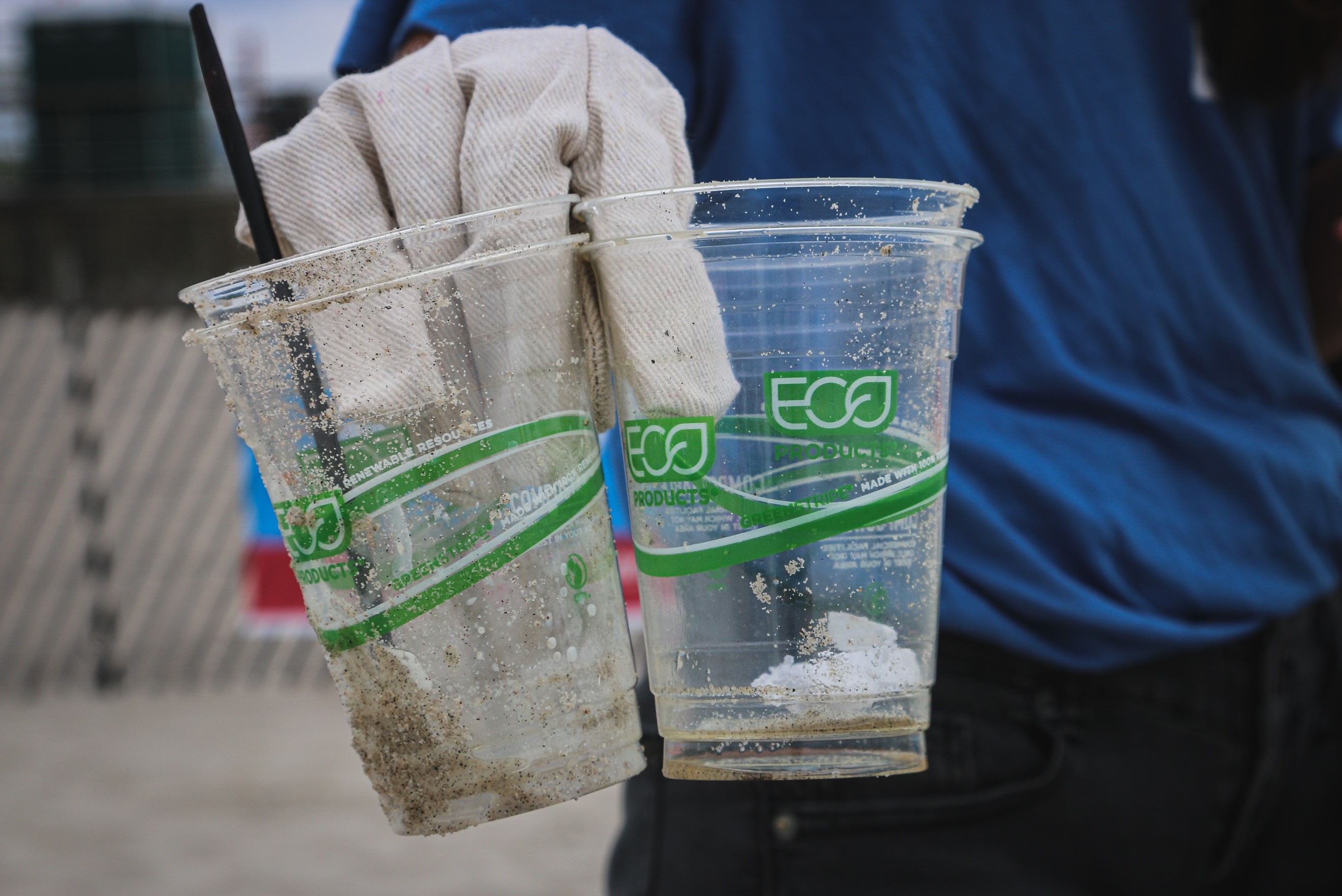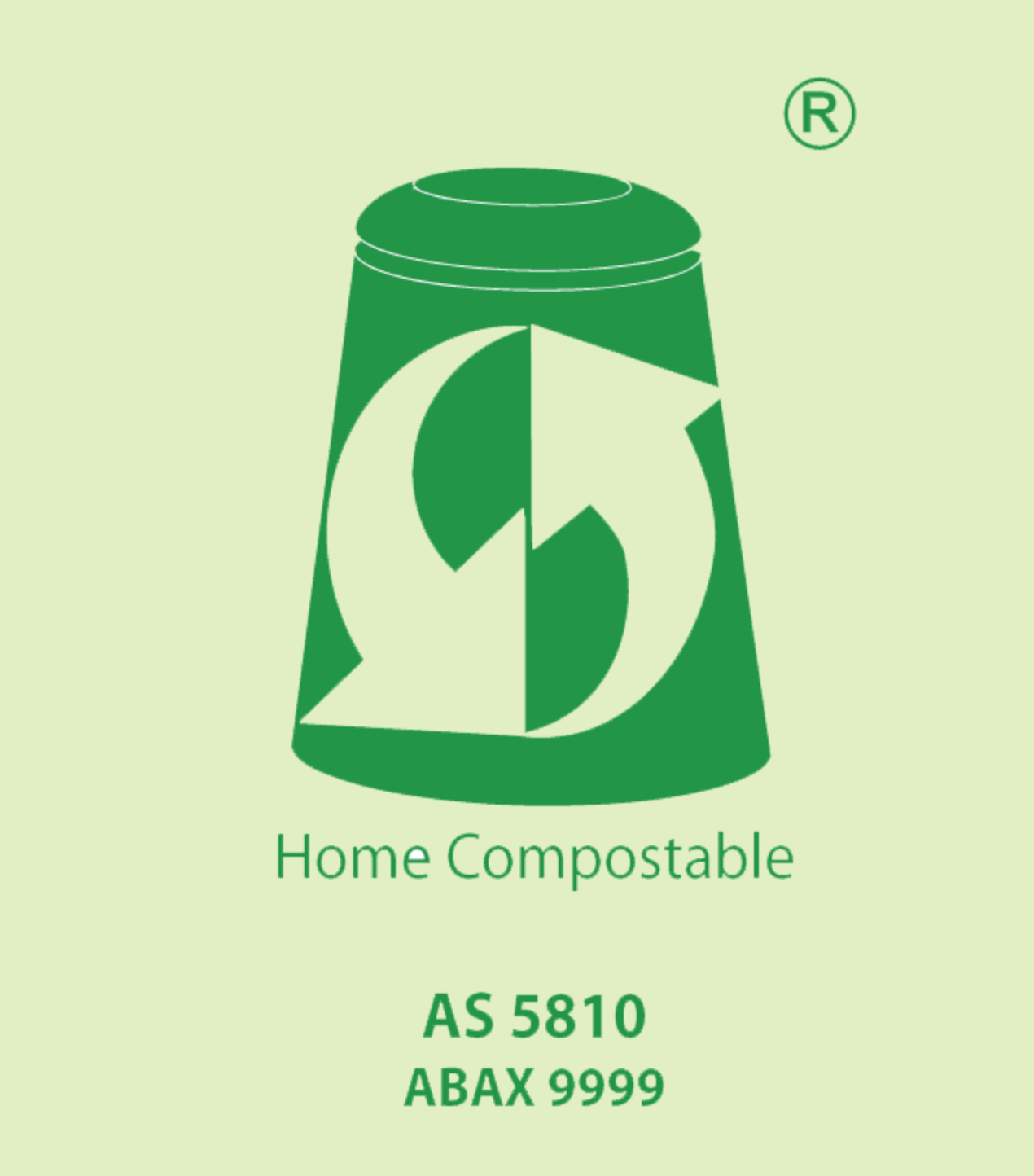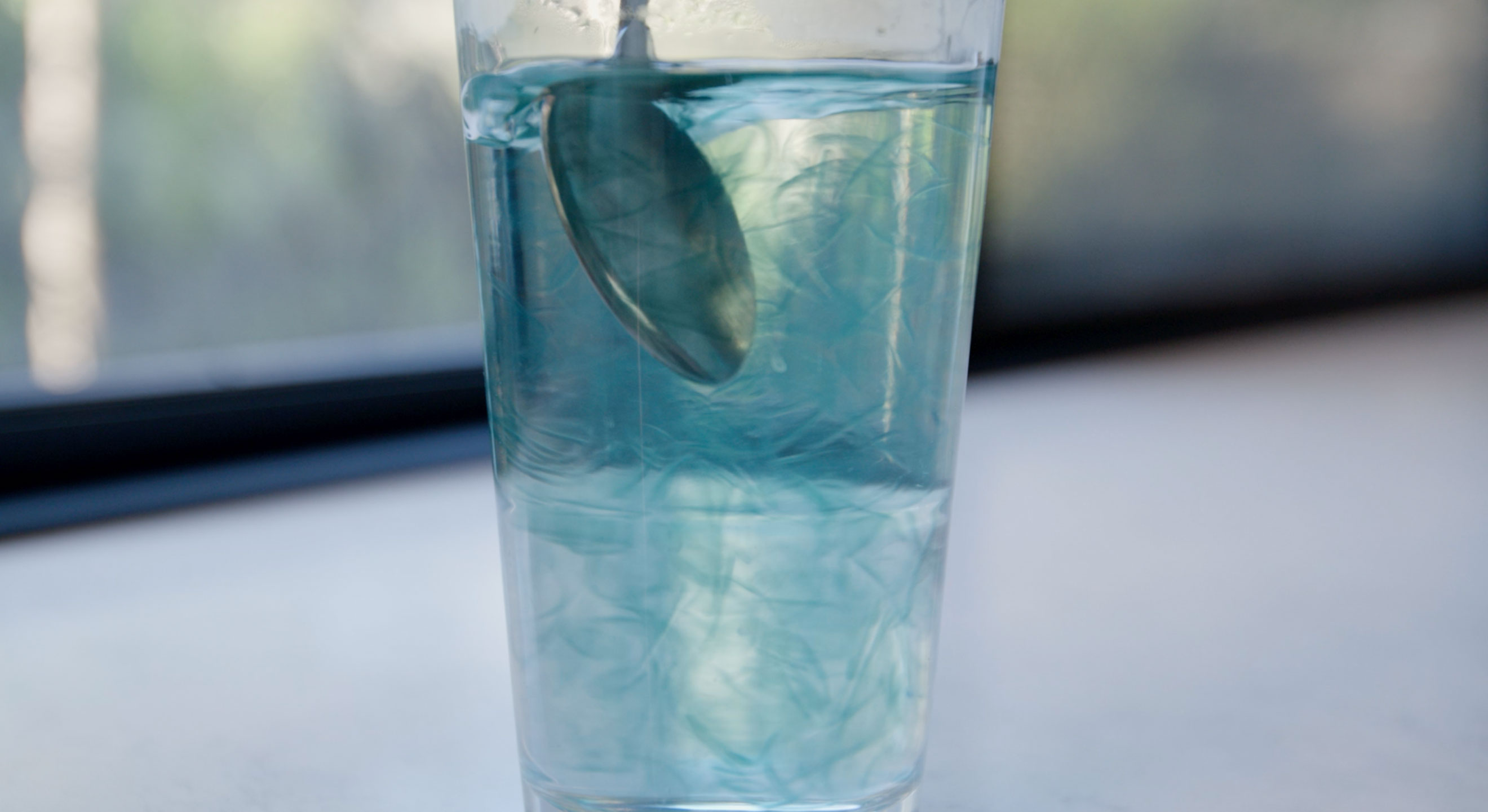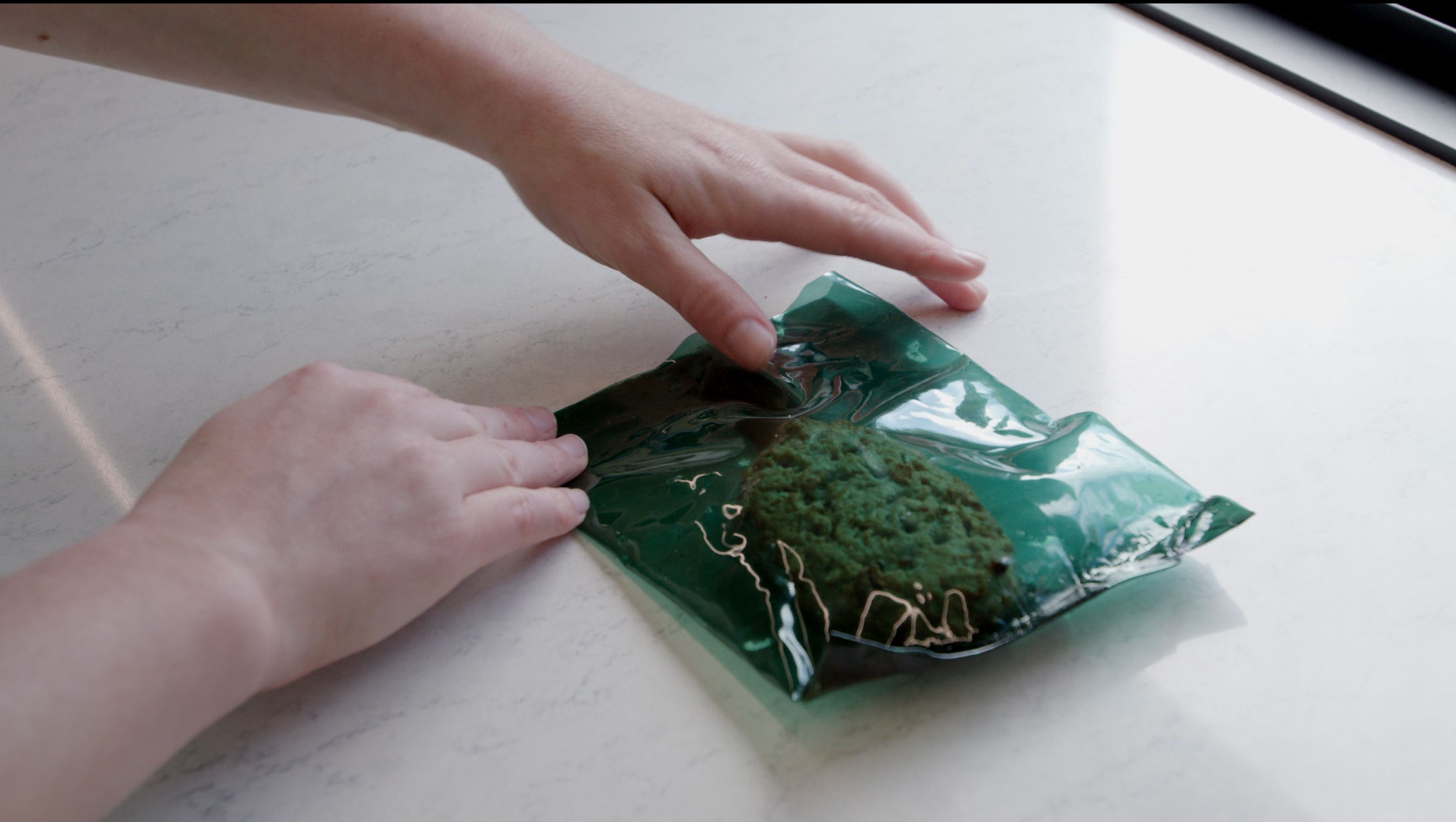Posted on 08th November 2021 by Media Relations
Picture this: You are in the grocery store to grab a few things for dinner. You have forgotten once again to bring your reusable bags and you are annoyed because you can picture them stored under the kitchen sink. You don’t have time to fetch them, so you continue shopping.
You get to the counter and see that the store actually has some bags that appear green and have ‘DEGRADABLE’ plastered across them. You feel relieved, pay a little extra for the ‘green’ bags and give yourself a mental pat on the back for doing the right thing for the environment.
You get home and after emptying the groceries you tuck this ‘green’ bag under the sink next to your reusable bags that you swear to yourself you will use next time. Sound familiar?
Although you have the best intentions to reduce plastic waste, have exerted significant mental energy and even paid more for a so called ‘green’ solution, you have fallen victim to greenwashing.
It would have actually been better for you to just buy the traditional plastic bag than the green branded ‘degradable’ bag. The term ‘degradable’ simply means that the material breaks down chemically or biologically.
Degradable plastic is typically still plastic made from petrochemicals, however it has chemicals that enables the material to breakdown into microplastics relatively fast and it cannot be recycled.
Microplastics are hard to collect and as a result have more severe long-term impacts on the environment as well as human health.
A recent study commissioned by the WWF found that humans can consume up to 2000 microplastics a week, which is the equivalent mass of a credit card.
The chemicals used to give the material the degradable properties have also been found to be carcinogenic. For future reference, if you simply see ‘degradable’ plastic do not buy it and run the other way.
What about biodegradable plastics – aren’t they good for the environment? Not necessarily.
The term biodegradable simply means the material breaks down through biological mechanisms such as bacteria. There is no time limit on the breakdown process and no biodegradable certification body.
Therefore, you can have biodegradable materials that are still made with petrochemicals that are able to be broken down by bacteria.
Biodegradable plastics on the market tend to be made from polylactic acid (PLA). PLA is typically made from corn and other plants, but these plants have to be specifically grown to be an input for this packaging material.
PLA also functions and looks like regular PET plastic. This can cause confusion and PLA has been found to contaminate PET recycling streams.
Biodegradable materials still take up to 5 years to breakdown. Currently in Australia, it is best to throw biodegradable packaging into the red landfill bins.

Biodegradable packaging can be industrially compostable; you just have to look out for the industrial compostable certification on the packaging label.
Industrial compostable materials are capable of being decomposed into organic material, carbon dioxide and water. Industrial composting facilities create a specific controlled environment that is heated to temperatures up to 70 degrees Celsius over a period of 20 weeks to allow for decomposition of food, organic content and certified materials, which is energy intensive.
The biggest issue with industrial compostable materials is access to proper disposal facilities. There are only a few industrial composting facilities across Australia and even fewer councils offer the waste collection services for these types of materials.
If you are aiming to be sustainable, what you need to look out for is the Home Compostable packaging with a certification granted by the Australasian Bioplastics Association.
Home compostable materials are able to be decomposed and become organic rich soil when placed in a home compost bin over a measured period of time.
Only 2% Australians have home compostable facilities even though home compostable materials are the current gold standard of eco-friendly packaging.
So if you want to make a positive impact, get out there and get composting!
There is lots of information about how to get started online, on social media and at your garden centre. And there are lots of compact compost bin options for people with small gardens or balconies.

After all of this, it is clear that there still exits a gap in the market for a sustainable packaging material that has an accessible disposal process.
That's why Carapac has developed a range of sustainable, durable and plantable packaging materials that is made from food waste.
We are creating guilt-free packaging that does so much more than just replace plastic, so that you can feel really good about yourself after using Carapac packaging.
Our packaging has been developed to provide sustainable packaging that has not only an accessible, but also a quick and beneficial breakdown process.
You can simply place Carapac packaging in your garden or a pot plant and it breaks down in 3-6 weeks to become a slow release fertilizer. You can also dissolve your Carapac packaging and wash it down the sink.
Carapac aims to be the new gold standard for sustainable packaging going forward. We are currently focused on scaling our production to get Carapac packaging on shelves.

Waste terminology can be a maze to navigate and brands use green marketing intentionally to capitalise on the goodwill of customers trying to be green.
Carapac is here to help educate you about waste, navigate confusing terminology and help improve your throw away habits so that you can help make a real difference to the environment.
You can find helpful tips and more information on Carapac’s website (www.carapac.com.au) and Instagram (@carapac_official).
